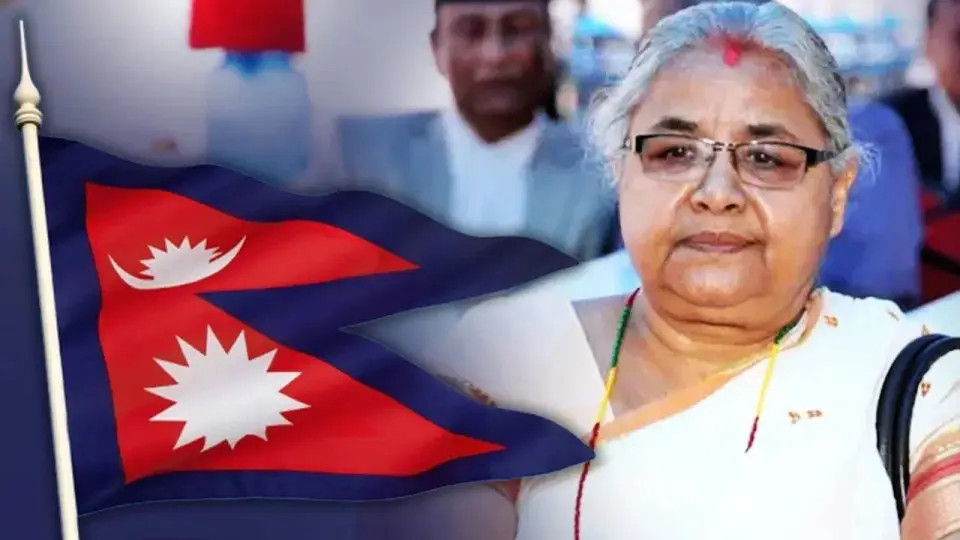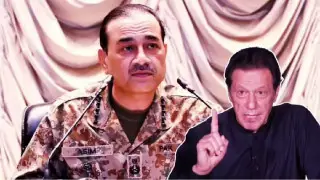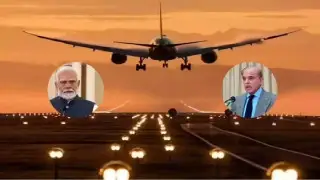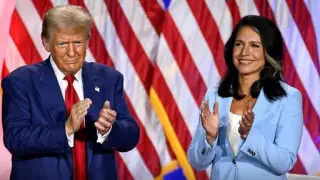
Sushila Karki
International News: After weeks of tension, protests, and ministerial resignations, Nepal finally agreed on Sushila Karki as interim Prime Minister. She makes history as the first woman in this role. Other contenders like Kathmandu Mayor Balen Shah and former power chief Kulman Ghising were considered, but consensus formed around Karki. She will lead until fresh elections.
Nepal’s Constitution of 2015 (Constitution of Nepal–2072) outlines the process. Article 76 says that when a Prime Minister resigns or fails to prove majority, the President can allow the outgoing leader to continue as caretaker until a new one is chosen. This avoids an executive vacuum.
The interim Prime Minister has a very narrow mandate. She can perform routine administrative duties, manage existing programs, approve urgent small appointments, handle budgets already passed, and ensure smooth election preparations. She cannot create new policies, make international deals, or announce major security strategies.
Caretaker governments are barred from introducing new bills after Parliament dissolves. They cannot sign long-term projects, start large investments, or appoint top constitutional officials. These boundaries ensure the interim leader does not bind the hands of the future elected government.
The President’s office in Nepal is mostly symbolic but becomes vital during transition. The President ensures continuity and avoids chaos. Parliament, once reformed after elections, must quickly recommend a leader with majority support. This balance keeps power in check even in political instability.
Nepal has seen caretaker governments earlier. In 2013, Chief Justice Khilraj Regmi was made interim head after Baburam Bhattarai resigned. In 2021, the conflict between KP Sharma Oli and Sher Bahadur Deuba also required court and presidential intervention. Each time, the system kept governance functional until elections.
Caretaker arrangements are common worldwide. In India, a resigning PM continues routine work until elections. In Bangladesh, after Sheikh Hasina fled, economist Muhammad Yunus became caretaker head. In Britain too, caretaker governments avoid major policy changes. Nepal follows this global democratic tradition closely













Copyright © 2025 Top Indian News
